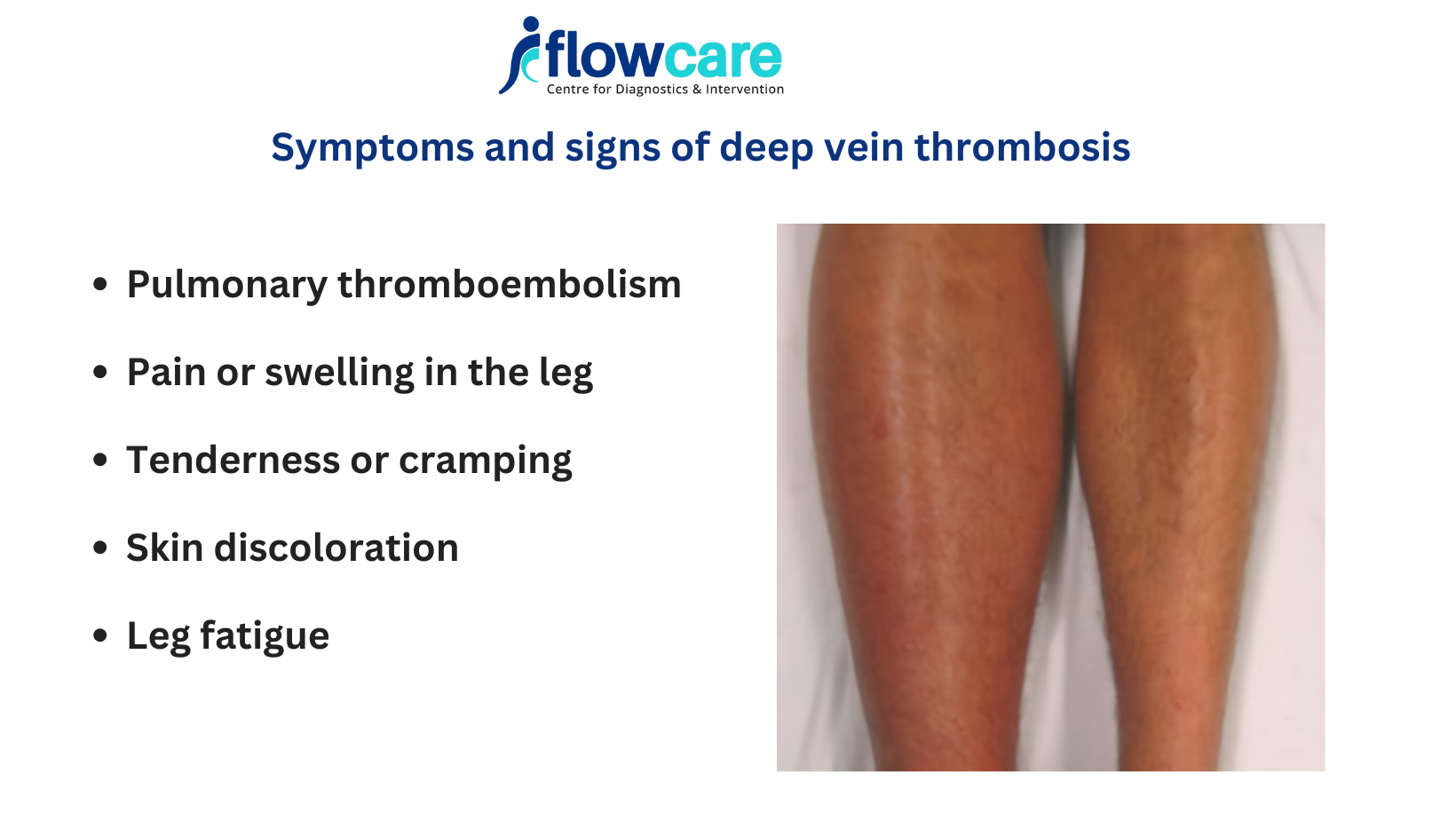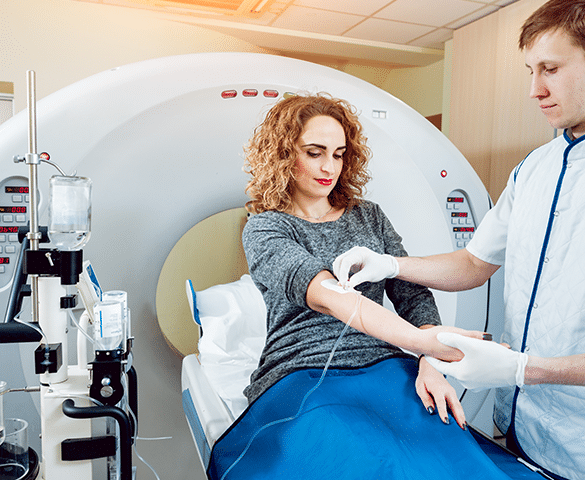Deep vein thrombosis (DVT) is a condition that affects many people worldwide, yet it remains underrecognized. Understanding its symptoms is vital for early detection and treatment. This article delves into the symptoms of DVT, helping you stay informed and proactive about your health.
What is Deep Vein Thrombosis?
Deep vein thrombosis occurs when a blood clot forms in the deep veins of your body, typically in the legs. It can lead to severe complications if left untreated, such as pulmonary embolism, which is a blockage in the lungs caused by a dislodged blood clot. Recognizing DVT symptoms is crucial for preventing these complications.
Common Symptoms of DVT
Identifying DVT early can make a significant difference in treatment outcomes. Here are the most common symptoms to watch for:
1. Swelling in the Affected Limb
Swelling, often in one leg, is a hallmark sign of DVT. The swelling occurs due to the clot blocking normal blood flow, causing fluid to accumulate.
2. Pain or Tenderness
Pain, cramping, or tenderness in the affected leg, especially in the calf or thigh, may signal DVT. This discomfort often worsens when standing or walking.
3. Skin Discoloration
The skin over the clot may appear red or have a bluish tint. These changes in color result from poor blood circulation in the affected area.
4. Warmth in the Affected Area
The area over the clot might feel warm to the touch. This warmth is due to inflammation caused by the clot.
5. Visible Veins
In some cases, veins near the skin’s surface may become more visible or enlarged due to increased pressure.
Risk Factors for DVT
Certain factors increase the risk of developing DVT. Being aware of these can help you take preventative measures:
- Prolonged Immobility: Sitting for long periods, such as during long flights or car rides, can impede blood flow.
- Surgery or Injury: These can damage blood vessels and increase clotting risk.
- Medical Conditions: Cancer, heart disease, and certain inherited clotting disorders can elevate the risk.
- Pregnancy: Hormonal changes and increased pressure on veins can contribute to DVT.
- Obesity: Excess weight puts additional pressure on the veins.
- Smoking: Smoking affects blood clotting and circulation, increasing the risk of DVT.
When to Seek Medical Attention
If you experience any DVT symptoms, it is critical to seek medical advice promptly. In particular, symptoms such as sudden shortness of breath, chest pain, or a rapid heartbeat could indicate a pulmonary embolism and require emergency care.
Diagnosing DVT
Doctors use various methods to diagnose DVT, including:
- Ultrasound: This imaging test checks for clots in the veins.
- D-dimer Test: A blood test that measures a substance released when a blood clot dissolves.
- Venography: An X-ray using contrast dye to visualize veins.
Preventing DVT
Prevention is always better than cure. Here are some ways to reduce your risk:
- Stay Active: Regular physical activity improves blood circulation.
- Move During Long Trips: Stand up, stretch, and walk around during long flights or drives.
- Wear Compression Stockings: These help improve blood flow and reduce swelling.
- Maintain a Healthy Weight: A balanced diet and regular exercise can lower DVT risk.
- Stay Hydrated: Proper hydration prevents blood from thickening.
Treating DVT
Treatment aims to prevent clot growth, new clots, and complications. Common treatments include:
- Anticoagulants: Medications that thin the blood and prevent clot formation.
- Thrombolytics: Drugs that dissolve clots in severe cases.
- Compression Stockings: These alleviate swelling and improve circulation.
- Surgical Procedures: In some cases, surgery may be necessary to remove the clot.
Additional Insights on DVT
Subtle Onset of DVT Symptoms
DVT often starts subtly, and many people dismiss the early signs as minor leg discomfort or muscle strain. This underestimation can delay treatment, increasing the risk of complications. Understanding that persistent symptoms require attention is crucial.
Importance of Regular Checkups
For those at high risk, regular health checkups can help detect DVT early. Doctors may recommend preventive measures, such as low-dose anticoagulants, for individuals with a history of clots or related conditions. These steps can minimize the chance of recurrence.
Role of Awareness Campaigns
Awareness campaigns have played a significant role in educating the public about DVT. By sharing information and experiences, communities can better support individuals who may be at risk. Open discussions can lead to earlier diagnoses and improved outcomes.
Lifestyle Changes to Prevent DVT
Lifestyle changes can have a profound impact on preventing DVT. Incorporating daily walks, stretching exercises, and avoiding long periods of immobility can enhance overall vascular health. Small adjustments can go a long way in reducing risk.
Technology in DVT Management
Recent studies have highlighted the role of technology in managing DVT. Wearable devices that monitor circulation or detect early signs of clots are gaining popularity. These innovations provide an added layer of protection for individuals prone to DVT.
Psychological Impact of DVT
The psychological effects of DVT should not be overlooked. The condition can bring anxiety, particularly for those worried about recurrence or long-term complications. Seeking counseling or support groups can help address these concerns and improve mental well-being.
Advancements in Research
Research is ongoing to develop better diagnostic tools and treatments for DVT. Scientists are exploring advanced imaging techniques and new medications to enhance care. Staying informed about these advancements can empower patients and caregivers alike.
Family Awareness and Support
Educating family members about DVT can also be helpful, particularly if a loved one is at high risk. By understanding the signs and symptoms, families can act swiftly in case of an emergency. This collective awareness can be life-saving.
Seasonal Considerations
Seasonal changes, like colder weather, can sometimes exacerbate symptoms for those already dealing with poor circulation. Taking precautions during these times, such as staying warm and active, can help maintain good vein health and lower the risk of clot formation.
Alternative Therapies
Exploring alternative therapies under medical supervision, such as yoga or massage, may also complement conventional treatments. These methods can promote circulation and reduce stress, benefiting overall health. Stay informed and take proactive steps to protect your health. For more information on DVT and related health conditions, visit FlowCare.
Conclusion
Understanding DVT symptoms is vital for early detection and treatment. From swelling and pain to skin discoloration and visible veins, being aware of the signs can save lives. If you notice any symptoms, seek medical attention immediately. Preventative measures like staying active, wearing compression stockings, and maintaining a healthy lifestyle can significantly reduce your risk of developing DVT.





